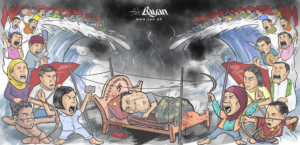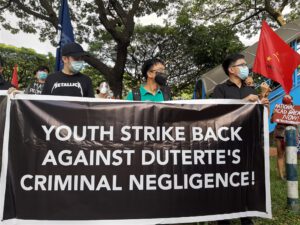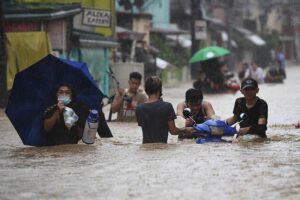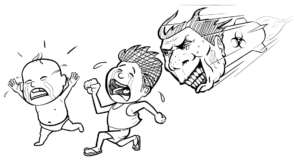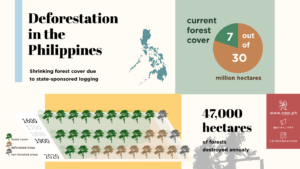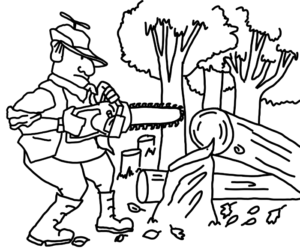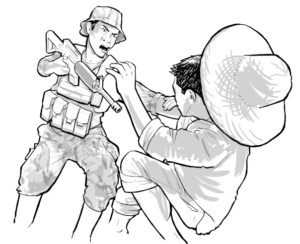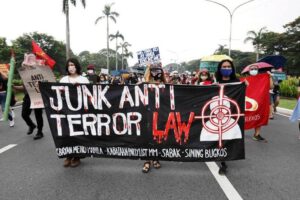The fishing sector during the pandemic and fascist lockdown

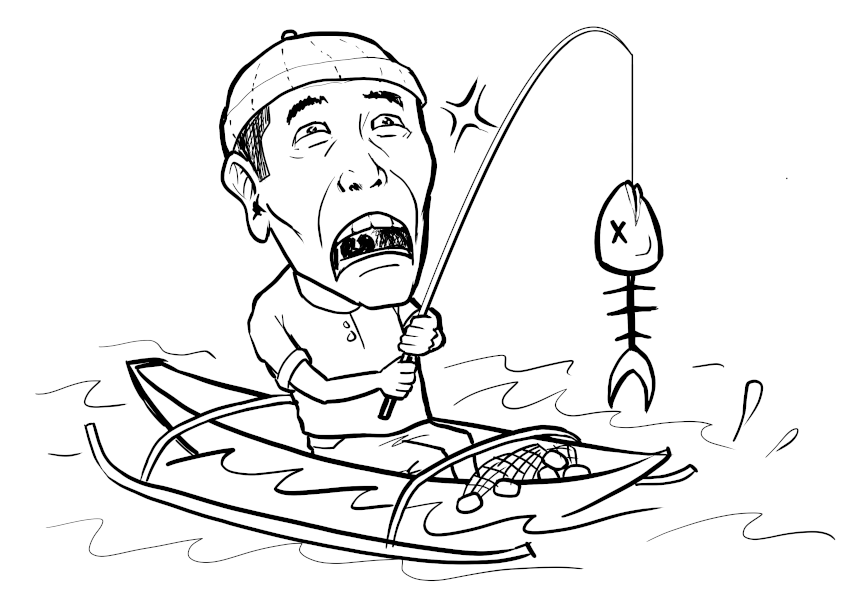
Even prior to the onslaught of successive typhoons, the fishing sector has already been ravaged by the Covid-19 pandemic and the Duterte regime’s failed response. The public health crisis aggravated the livelihood crisis shouldered by one of the poorest sectors of society. Due to lockdown restrictions which limited their livelihood, their conditions further deteriorated. There are 1.7 million registered fisherfolk in the Philippines.
Lockdown restrictions included the “no sail zone” arbitrarily imposed by the Philippine Coast Guard on March 16 in major fishing areas in Metro Manila and adjacent regions. The fisherfolk vehemently opposed the restriction as it adversely affected their livelihood and could have weakened the country’s food security. Fishing does not involve congregating people, hence the restriction was unjustifiable. After several days, the state rescinded the order.
Despite allowed to fish, they found it hard to sell their produce as mass transportation was suspended. They could not transport their catch to fishports and trading posts. In Sorsogon, Camarines Sur and Misamis Oriental, hundreds of kilos of fish were left unsold. Seaweed farmers in Coron, Palawan were not able to sell their products as well. Some local governments, such as Sorsogon, took proactive measures to save the fisherfolk by directly buying their catch. This, however, was not the case in most areas across the country.
Insufficient aid, if not none at all
The livelihoods of fisherfolk were severly affected by the pandemic. Their income decreased from ₱300 to ₱500 during normal days under good weather conditions, to just ₱150 at present.
Despite this, many fishing villages were only able to receive aid three times in three months under enhanced community quarantine (ECQ). Each relief pack was estimated to be worth ₱200-₱300, consisting of three kilos of rice and few canned goods. On average, each fishing family only received aid worth ₱6,500, or an average of ₱100/day from mid-March to May.
There are no reports on how the ₱3-billion agricultural aid appropriated to the Department of Agriculture (DA) was distributed. Neither was it ever mentioned if it covered the fishing sector. What is clear, however, is that not a single cent reached fisherfolk. Last October, the DA announced that ₱96.53 million was available for farmers and fisherfolk, not as aid, but as loan.
Fish production dropped by 3.2% during the first quarter. The DA’s pandemic program dubbed the “Ahon Lahat, Pagkaing Sapat (ALPAS) Laban sa Covid-19” only focused on transporting produce to markets, and not on how to strengthen production. No support is given to farmers and fisherfolk to ensure that they are able to produce enough for local markets. The fisherfolk demand a ₱15,000-subsidy to secure their livelihoods as their jobs are crucial to ensuring the country’s food supply.
Neoliberal schemes
The Duterte regime railroaded the passage and implementation of projects that will pave the way for massive demolition amid the lockdown and strict implementation of the stay-at-home policy. This includes the San Miguel Corporation’s franchise application to build the Aerotropolis Project in Bulacan which already hurdled the congress and senate. Fishing areas in Cavite were also fenced to pave the way for the Manila Bay reclamation project. The pandemic has failed to stop the privatization of Manila Bay, which includes the dumping of dolomite at a portion of the shoreline along Roxas Boulevard.
The DA used the drop in fishing production last quarter to justify the liberalization of fish importation. It plans to import 400,000 metric tons of scad, tilapia and other fish products purportedly to counter the shortage and stablize fish prices. Importation is the usual the regime’s answer to the acute and systematic agricultural crisis in the Philippines.

